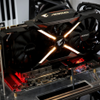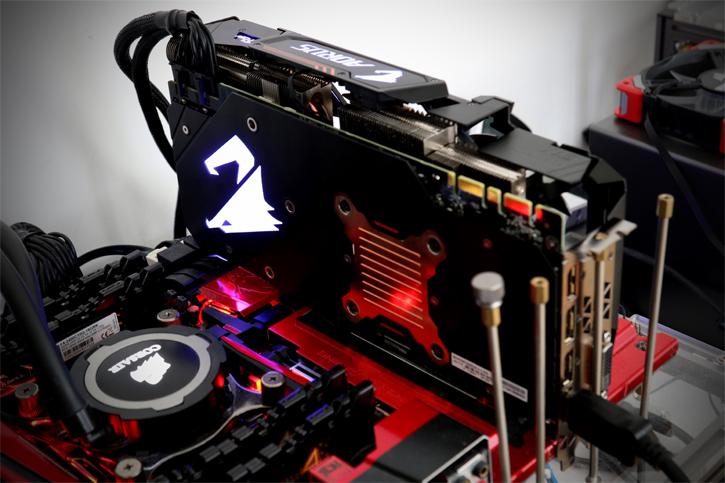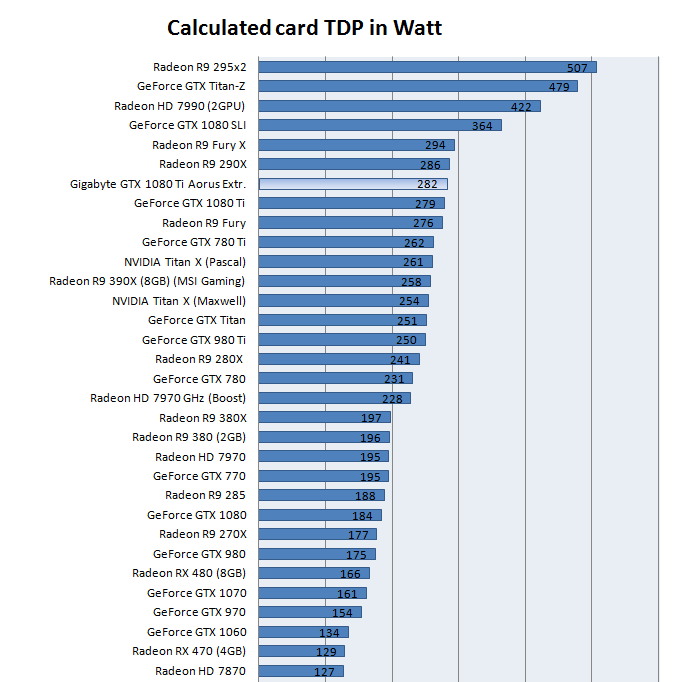Hardware Setup | Power Consumption
Hardware Installation
Installation of any of the Nvidia GeForce cards is really easy. Once the card is seated into the PC make sure you hook up the monitor and of course any external power connectors like 6 and/or 8-pin PEG power connectors. Preferably get yourself a power supply that has these PCIe PEG connectors natively as converting them from a Molex Peripheral connector these days is sooo 2008. Purchase a proper power supply, ok?
Once done, we boot into Windows, install the latest drivers and after a reboot all should be working. No further configuration is required or needed unless you like to tweak the settings, for which you can open the NVIDIA control panel.
Power Consumption
Let's have a look at how much power draw we measure with this graphics card installed. The methodology: We have a device constantly monitoring the power draw from the PC. We stress the GPU to the max, and the processor as little as possible. The before and after wattage will tell us roughly how much power a graphics card is consuming under load. Our test system is based on an eight-core Intel Core i7-5960X Extreme Edition setup on the X99 chipset platform. This setup is overclocked to 4.40 GHz on all cores. Next to that we have energy saving functions disabled for this motherboard and processor (to ensure consistent benchmark results). We'll be calculating the GPU power consumption here, not the total PC power consumption.
| |
||||
| Power consumption | TDP in KWh | KWh price | 2 hrs day | 4 hrs day |
| Graphics card measured TDP | 0,282 | 0,23 | 0,13 | 0,26 |
| Cost 5 days per week / 4 hrs day | € 1,30 | |||
| Cost per Month | € 5,62 | |||
| Cost per Year 5 days week / 4 hrs day / € | € 67,45 | |||
| Cost per Year 5 days week / 4 hrs day / $ | $ 89,04 | |||
Here is Guru3D's power supply recommendation:
- Nvidia GeForce GTX 1080 Ti - On your average system the card requires you to have a 600~650 Watts power supply unit.
- Nvidia GeForce GTX 1080 Ti SLI - On your average system the card requires you to have a 800~950 Watts power supply unit.
If you are going to overclock your GPU or processor, then we do recommend you purchase something with some more stamina. And remeber, a PSU is the most efficient at 50% load. So if you use 400 Watts on average (SLI), the most energy friendly powersupply would be an 800 Watt model. There are many good PSUs out there, please do have a look at our many PSU reviews as we have loads of recommended PSUs for you to check out in there. What could happen if your PSU can't cope with the load is:
- Bad 3D performance
- Crashing games
- Spontaneous reset or imminent shutdown of the PC
- Freezing during gameplay
- PSU overload can cause it to break down
Let's move to the next page where we'll look into GPU heat levels and noise levels coming from this graphics card.



